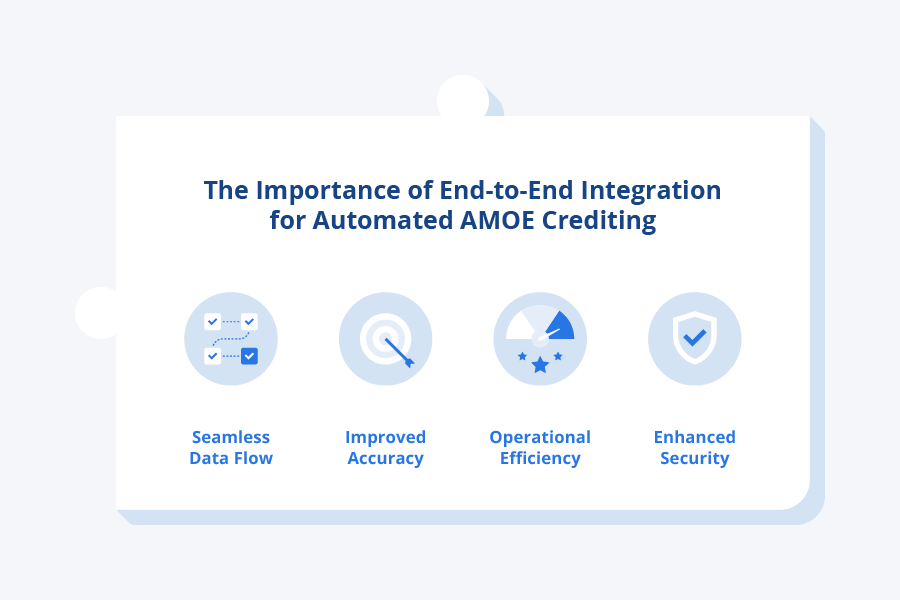The Importance of End-to-End Integration for Automated AMOE Crediting

Alternative Method of Entry ("AMOE") submissions allow participants to enter contests or sweepstakes without a purchase, often via mail. Processing these entries efficiently, accurately, and securely is critical for customer satisfaction.
While managing AMOE submissions may seem straightforward, it can quickly become complex when large volumes are involved. Ensuring that each entry is logged, validated, and credited properly (without manual delays or errors) requires a dependable, end-to-end system. That’s where integration becomes essential.
 What is End-to-End Integration?
What is End-to-End Integration?
End-to-end integration refers to the seamless connection between all systems and workflows involved in a process. In the context of AMOE crediting, this means linking the entry intake (such as mailroom scanning), data capture, validation, and credit issuance with internal systems or promotion platforms.
Without this kind of integration, organizations may find themselves relying on manual imports, spreadsheets, or batch file transfers that introduce risk and reduce efficiency.
 Why Integration Matters in AMOE Processing
Why Integration Matters in AMOE Processing
- Improved Participant Experience and Fraud Prevention:
- Allowing customer data to flow seamlessly from a promotions platform to a vendor processing AMOE entries allows for more robust data validations, effective identifications of misuse and accuracy in data captured off hand-written AMOE submissions.
- Scalability:
- As volumes grow, manual or semi-automated processes become bottlenecks. End-to-end integration supports scaling of operations without the need for significant increases in staffing or infrastructure.
- Audit-ability and Compliance:
- Having an integrated system provides a full audit trail of each submission - where it was received, how it was processed, and when the credit was applied. This level of traceability is critical during regulatory reviews or audits.
- Security and Data Integrity:
- Manual handling or transferring of data across platforms increases exposure to data breaches or errors. A fully integrated system reduces these risks by eliminating unnecessary touch-points and ensuring data stays within a controlled and monitored environment.
 A Practical Approach to Automation
A Practical Approach to Automation
With high volumes of entries and the need for accurate, timely crediting, the importance of having integrated processes becomes clear. Systems that connect secure intake, data capture, validation, and credit issuance reduce manual handling, support audit readiness, and improve turnaround times.
Octacom supports clients in this space by offering secure, structured AMOE processing backed by workflow automation and real-time visibility through our enterprise content management platform, Odiss™.
In a fast-moving environment, minimizing risk and maintaining consistency is essential. End-to-end integration lays the foundation for scalable, reliable AMOE crediting - ensuring that entries are processed with both speed and accountability.
Octacom is a SOC 2, Type II Audited enterprise software and services company focused on document and data automation solutions, including automated data capture. Founded in 1976, Octacom specializes in accounts payable automation and automated invoice processing, among other digital / automated business process outsourcing services.
If your organization is looking to learn more about our solutions and services, please contact us and we would be glad to help.
